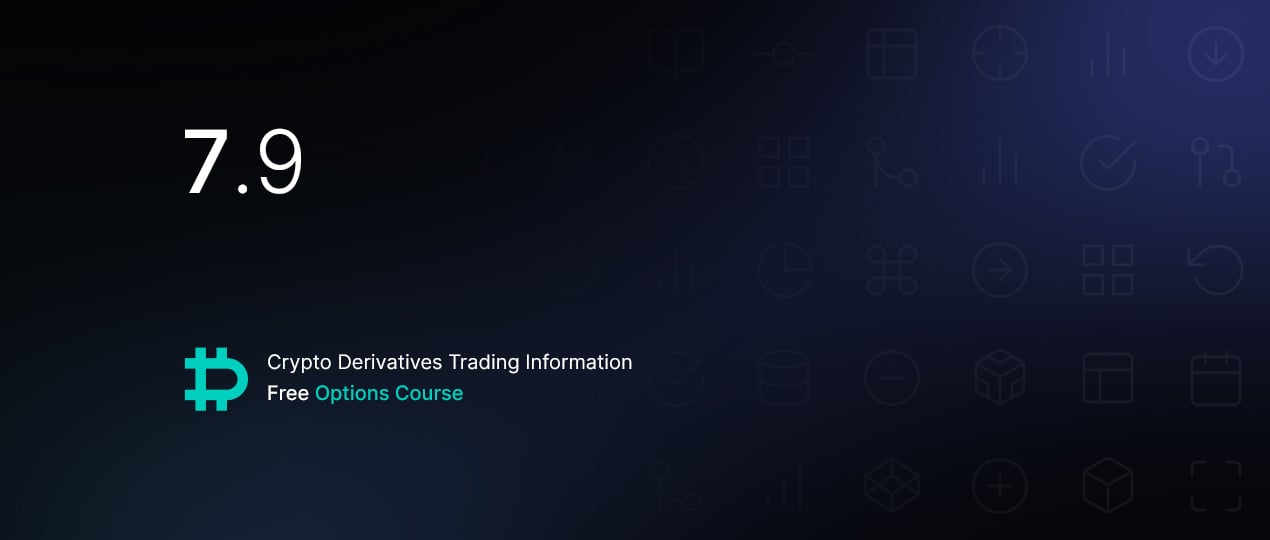As we talked about in lecture 7.5, the black scholes model is not perfect. We mentioned in that lecture that one of the main assumptions of the Black-Scholes option pricing model is that the returns of an asset/stock are normally distributed, and that future underlying prices therefore are lognormally distributed.
This is not the only assumption or limitation of the model though. The model is still very useful, but it’s wise to at least be aware of what these assumptions are. This can help us understand why option prices can sometimes differ in the real world to what we might expect if the model were perfect.
The following are assumptions made in the model (with some only applying to relevant iterations of the model):
-The option is European, and can therefore only be exercised at expiration.
-Underlying price returns are normally distributed, and the future price is therefore lognormally distributed. As we discussed in lectures 7.5 and 7.6, this is not usually completely accurate, which is part of what leads to the volatility smile and skews.
-Prices follow a random walk with a constant drift. In other words the underlying price movements can’t be predicted.
-The model assumes dividends, interest rates, and volatility are all constant over the life of the option. In reality, dividends and interest rates may or may not stay constant over the life of an option, but the volatility almost certainly will not.
-The market is frictionless, meaning it’s possible to borrow/lend any amount of cash at the risk free rate, buy/sell any amount of stock, and there are no transaction costs for any of these transactions. As you will have experienced yourself in trading, none of these are likely to be true in practice, particularly for retail traders.
-There are no arbitrage opportunities. For those not aware, arbitrage is a process of placing usually two but sometimes more trades simultaneously, such that a profit is guaranteed. A simple example would be purchasing bitcoin for $40,000 on one exchange, while simultaneously selling bitcoin on another exchange for $40,200, pocketing the difference with no risk.
We’re not going to spend too much time exploring exactly why each of these may not be a perfect assumption or what effect it may have on prices. However, it’s useful to remember that as with most models, the Black Scholes model does not perfectly model the system it is attempting to describe, it just provides a very useful framework with which we can work. For example it provides a way to compare options with each other via the Black Scholes calculated IV rather than their dollar price. This also allows us to track IV over time, enabling us to see when options are cheap or rich compared to historical norms. The model also gives us the Greeks, which we will cover later.


